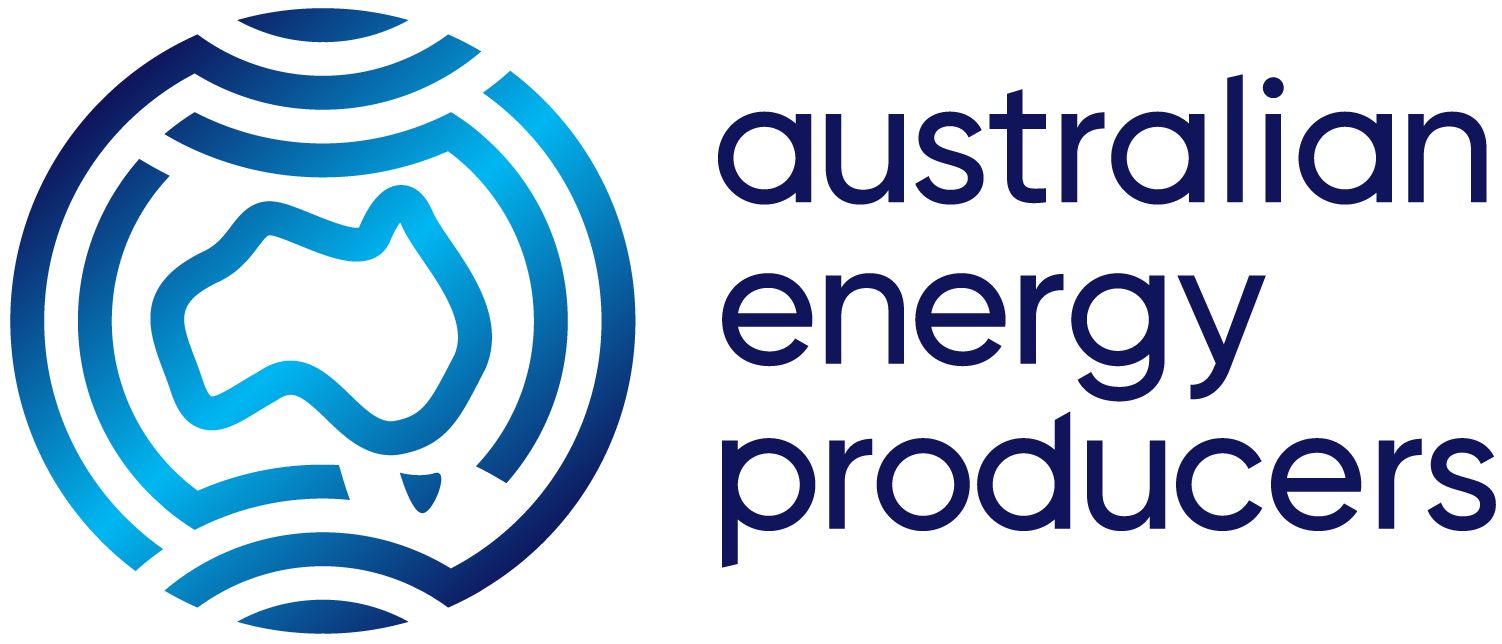04 Nov 2022
Media release: Oil and gas industry details actions on reducing methane emissions
Australia’s oil and gas industry has detailed in a new report some of the innovative ways companies are reducing methane emissions.
The Australian Petroleum Production & Exploration Association (APPEA) today releases Australia’s Cleaner Energy Future: Industry’s Actions on Reducing Methane Emissions.
The report includes a series of case studies outlining the various actions members are taking to monitor, reduce and report on their methane emissions, their involvement in initiatives and their work with leading science bodies and agencies.
The action detailed in the report includes Origin Energy’s ‘sniffer truck’ which has inspected wells across 31,000km of Queensland to detect and remedy very small leaks.
The vehicle’s extendable mast is sensitive enough to detect a cow at 50 metres, a gas well at 500 metres, and a gas plant over two kilometres away.
Fellow member Arrow Energy is using air-driven pneumatic control devices in CSG fields that reduce emissions by up to 700 tonnes CO2-e per year for each device.
ExxonMobil, meanwhile, has reduced flaring at its Gippsland operations by approximately 30% over the past two years by optimising the energy footprint of individual pieces of equipment.
APPEA Chief Executive Samantha McCulloch said: “It’s wonderful to see the innovative approaches and technologies being developed by the industry for the challenges the world faces.
“Our industry is committed to net zero greenhouse gas emissions economy-wide by 2050 and reducing methane emissions has been a priority of our industry for decades as members monitor, report and reduce their fugitive emissions profile, participating in several global initiatives.
“Highlighting this, several APPEA members have already committed directly to the Global Methane Pledge or have emissions reduction targets consistent with, or going beyond, the Pledge.
“Several members participate in global initiatives including signing on to the Methane Guiding Principles and methane emissions reduction investments through the Oil and Gas Climate Initiative (OGCI).
“We have worked with the Federal Government towards its recent decision to sign the Pledge, which was an important step on the road to a cleaner energy future.”
Ms McCulloch said methane emissions from the sector were very low compared to other industries in Australia and to oil and gas industries in other countries.
This is shown in a 2021 study, The Australian Natural Gas Industry: Monitoring, reporting, and reducing methane emissions (see page 34 graph).
Ms McCulloch said: “The largest sources of methane emissions in Australia are agriculture, coal, land use, and waste.
“However, the oil and gas industry continues to take action to measure, monitor and reduce its methane emissions as part of our commitment to the environment and reducing greenhouse gas emissions.”
Ms McCulloch noted the integrity of the national greenhouse accounts estimates, citing a 2019 CSIRO study which put upstream fugitive methane leakage rates at less than 0.5 per cent of production, in line with upstream leakage rates estimated from data in the national inventory of around 0.4 per cent.
“Methane leakage rates for the entire Australian gas production system—both upstream and downstream—is around 0.7 per cent, according to the Australian Government,” she said.
“Meanwhile, methane leakage rate of US gas production is around 1.2 per cent, highlighting the achievements of the Australian oil and gas industry is reducing their emissions.”
Read this media release as a PDF
Read Australia’s Cleaner Energy Future: Industry’s Actions on Reducing Methane Emissions here

